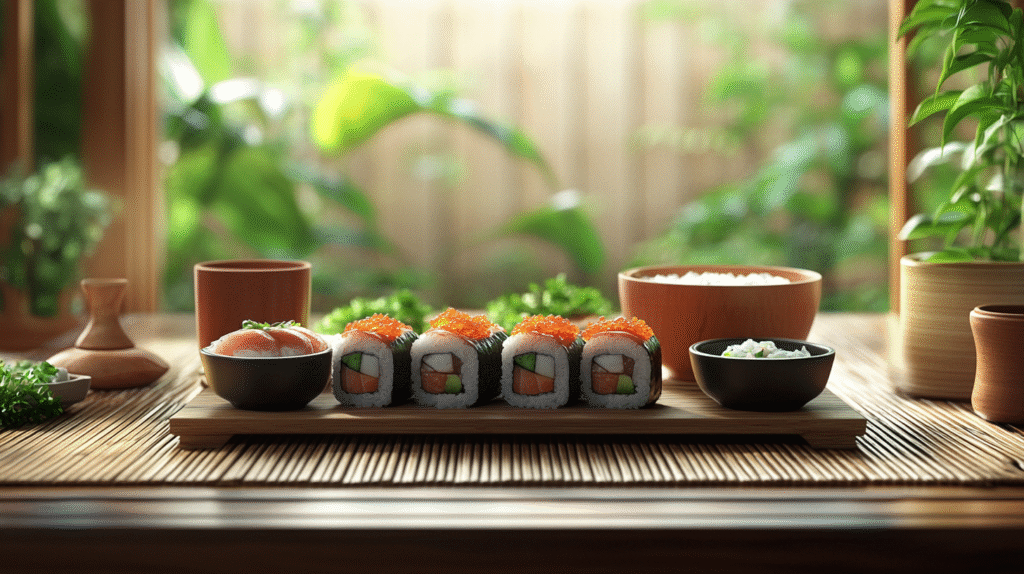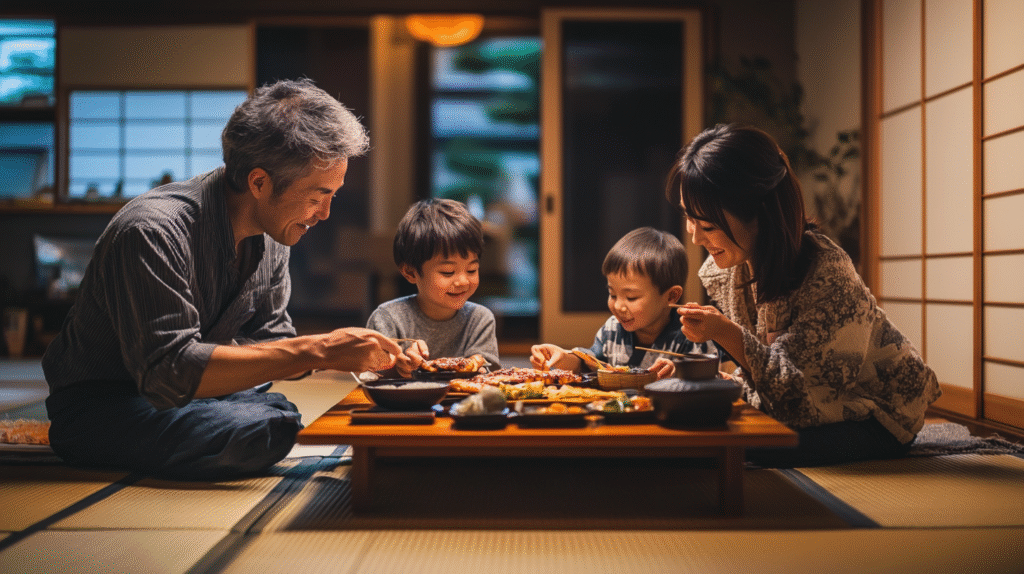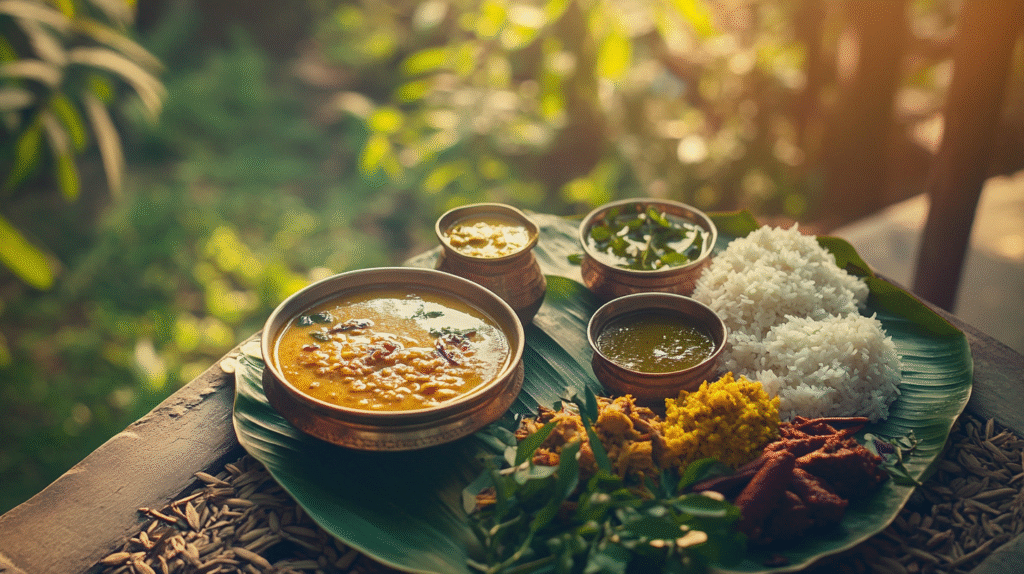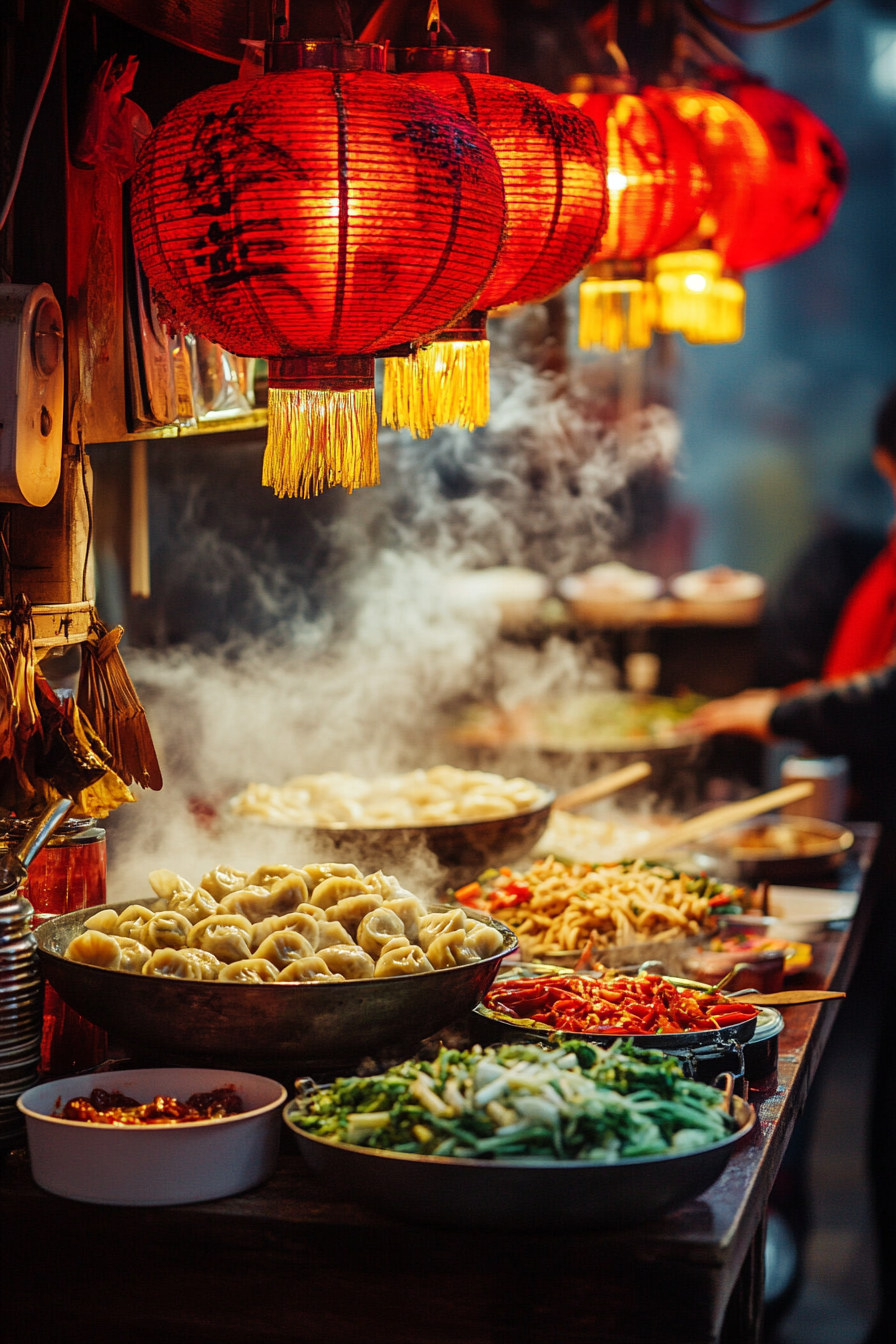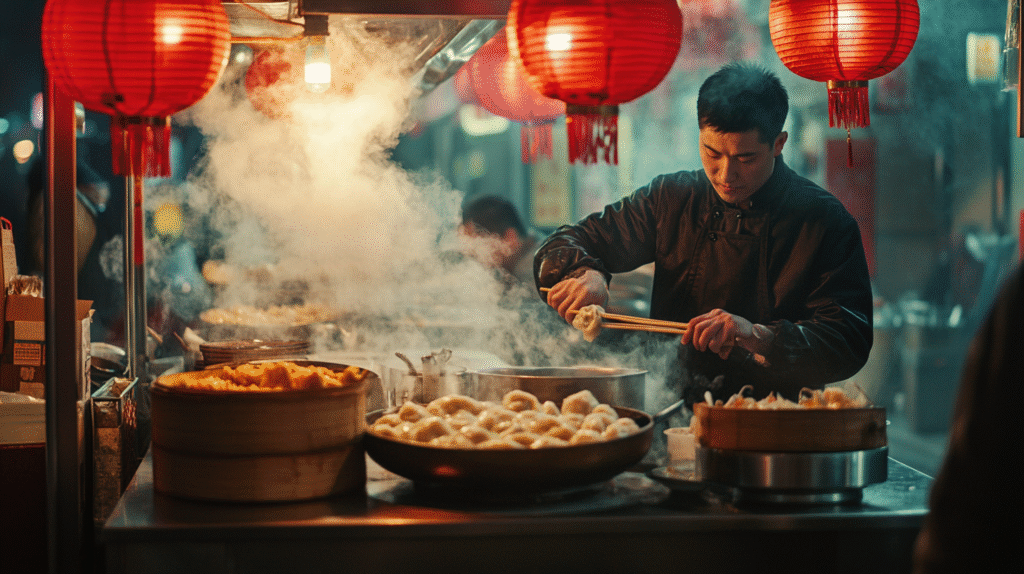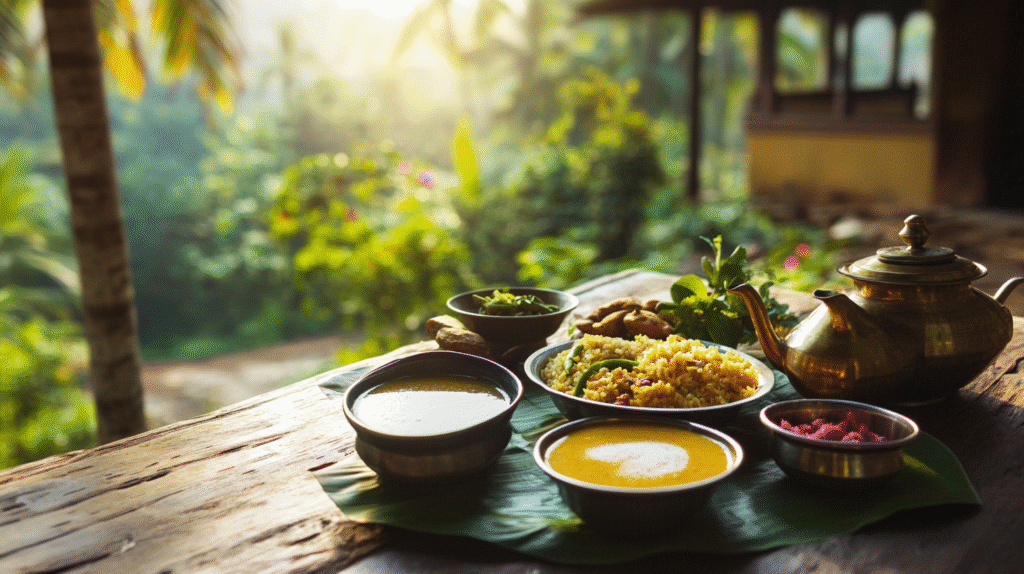
In India, food is more than fuel — it’s philosophy. Many families stick to Ayurvedic traditions, where meals are designed to balance out the body, mind, and spirit. Every ingredient has a purpose, and every spice has a role to play.
Turmeric, cumin, cardamom, and ginger aren’t just flavors — they’re part of a system to look after health, digestion, and emotional well-being. Indian food doesn’t just show up on the table — it’s the result of centuries of cultural, spiritual, and scientific evolution.


